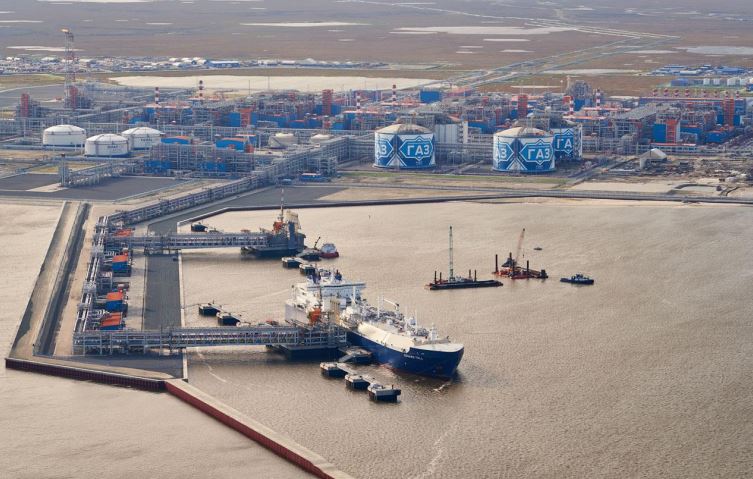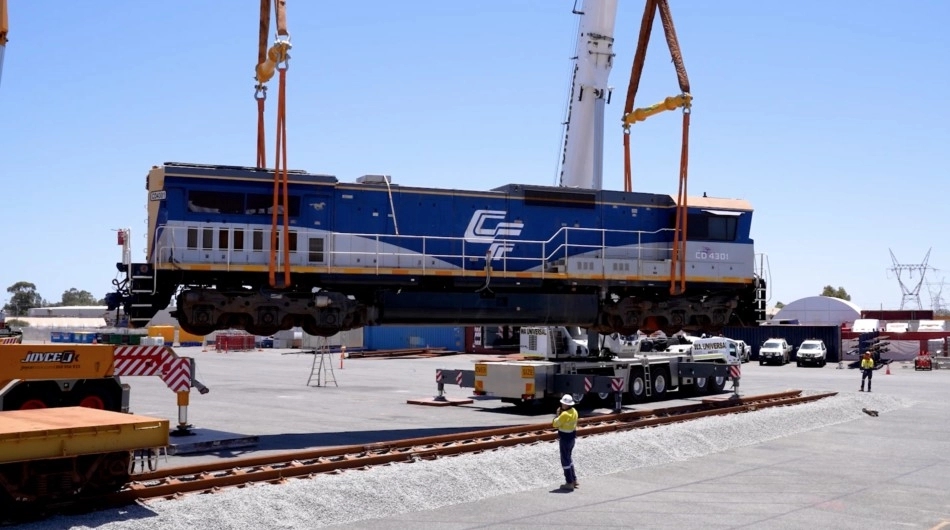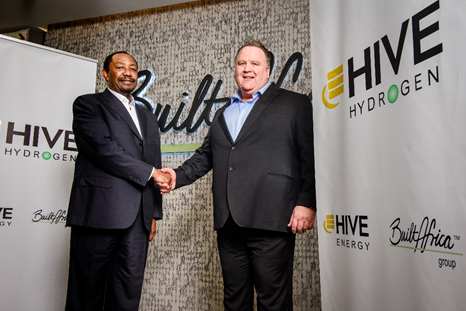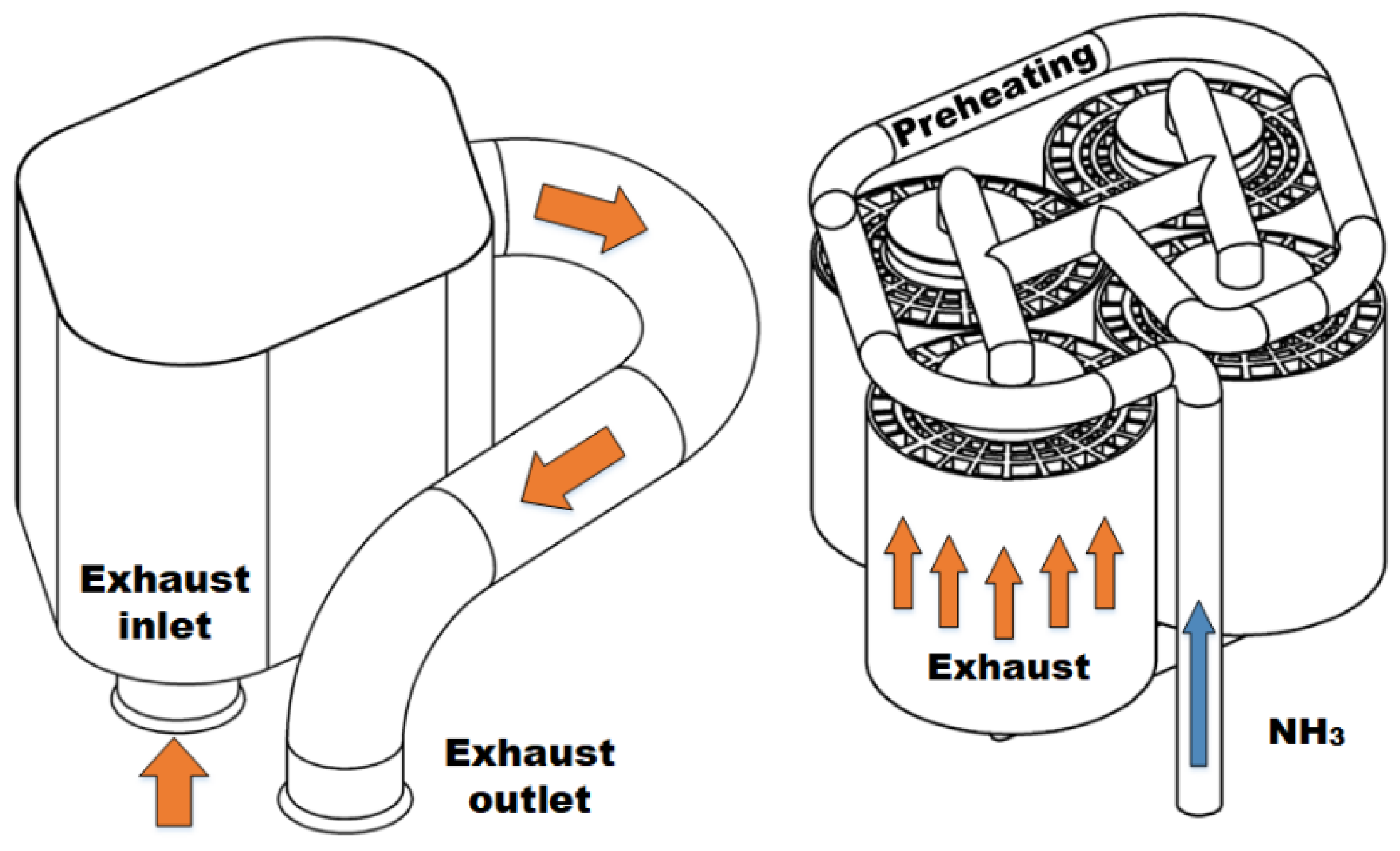Monolith Materials: new deal with Goodyear, $1 billion loan from DoE
Monolith and Goodyear Tire & Rubber (the only US-headquartered tire manufacturer) will cooperate on the potential use of carbon black byproduct from its Olive Creek ammonia plant in Hallam, Nebraska. In relevant news, a $1.04 billion, Title XVII loan from the US Department of Energy has secured Monolith's expansion plans for Olive Creek, which will see it become the largest producer of carbon black in the US by 2025.









